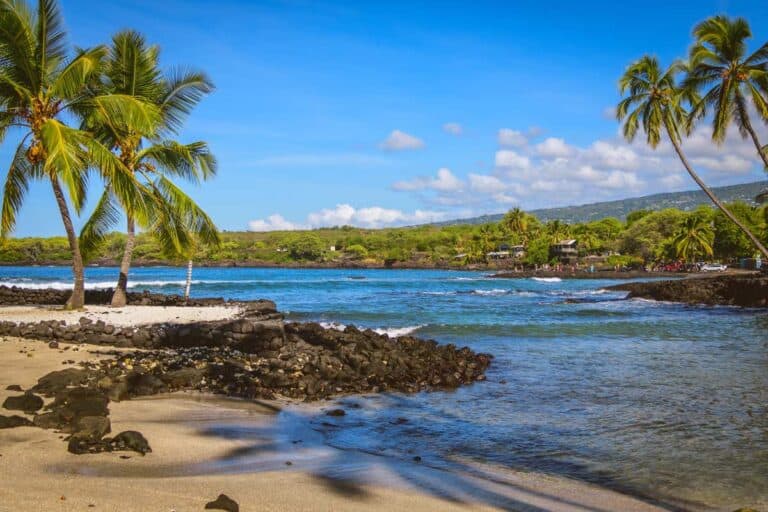
Honolulu, Hawaii
After crossing 2,400 miles of ocean from the western coast of the United States, you congratulate yourself on your arrival in paradise. Here in Honolulu International Airport, the air is at least 20 degrees warmer than wherever you left, every woman seems to have a flower in her hair and lanky palm trees sway in the distance, welcoming you to Hawaii.
Still bleary-eyed from the overnight flight, you try to focus and absorb your surroundings. Island people swirl around you – coffee-colored kids in rubbah slippas, a Hawaiian family welcoming their visiting auntie with a plumeria lei (floral garland) and two yon-sei sisters, walking hand in hand past an elderly couple who can claim their combined roots as Hawaiian-Chinese-Filipino-Puerto Rican-Croatian-Italian-Korean-Portuguese.
Waiting for your connecting flight to the neighbor island of Kauai, you plop down in a seat between a diminutive Filipino grandmother and an immense Hawaiian man with an XXXX-L t-shirt that proclaims, ‘BIG & PROUD.’ A dreadlocked Swedish couple in matching lava lava carry boogie boards past you, followed by a weathered paniola (Hawaiian cowboy) in dusty red dirt cowboy boots who precedes a small pack of Japanese tourists.
Framed by a high glass wall, a young girl in sunglasses with a shoulder tattoo that reads, ‘Local Girl,’ exclaims into her cell phone, ‘Hey brah, where you stay?” Behind her, a rainbow stretches from the runway to the mountains in the distance, framing the Hawaii you’ve come to see.
It is here, at the airport, that you first meet the complex mosaic of Hawaii’s “rainbow society,” where distinctions between race and culture are blurred to the point that when asked, many locals compare themselves to a Hawaiian-style lunch – the mixed plate; that is, a little of this, some of that, a bit of the other. It is this fusion of people and culture in the middle of the Pacific that makes Hawaii unique and very much a world all its own.
For those unfamiliar with Hawaii, initial references can be confusing. Hawaii, the archipelago, stretches over 1,500 miles across the central Pacific, consisting of 132 islands, reefs and shoals.
When people speak of the State of Hawaii (the 50th state, admitted to the Union August 21, 1959), they tend to think of the eight “high islands” (in order of size: Hawaii’s Big Island, Maui, Oahu, Kauai, Molokai, Lanai, Niihau and Kahoolawe). Oahu, where approximately 75 percent of the state’s population lives, is home to the capitol (Honolulu) and Hawaii’s tourist epicenter (Waikiki).
Boarding your connecting flight, your introduction to the rainbow society continues. The flight attendant serving you “Passion Punch” looks part-haole (Caucasian), part-Oriental. Her name tag reads “Naupualeilani.”
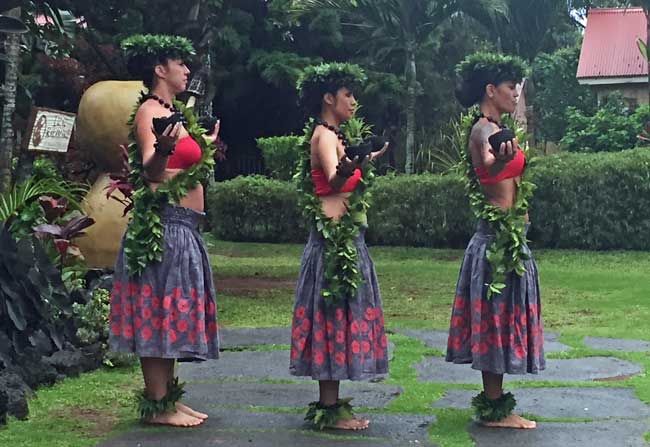
Lihue, Kauai
Disembarking at the provincial tropical airport in Lihue in Kauai, you pass two Filipinas gesticulating wildly as they speak in Ilicano. The agent at the car rental desk, a man of Hawaiian-Okinawan-Dutch-Cherokee-Spanish ancestry, directs you outside to a spotty teen with dyed blond hair tucked under a wool stocking cap (in Hawaii?!) emblazoned with the words ‘Da Kine.’ He greets you, “Howzit?” handing you the keys to your car.
You drive to your hotel where three porters – a local Japanese, Filipino and a Mexican-German-Puerto Rican, stand at the porte-cochere beside a stout Hawaiian doorman with a kukui nut lei who flashes a broad smile and beams, “Alo-ha!”
Born and raised in the islands, these are Hawaii’skama’aina (literally, ‘child of the land’). Live here long enough, and you may consider yourself a kama’aina, too, though whether others do depends much on actions and attitude. Producing a state of Hawaii driver’s license entitles one to kama’aina discount rates (special promotional prices available in some shops or businesses intended to attract local business), but the definition of kama’aina varies, depending on who one asks.
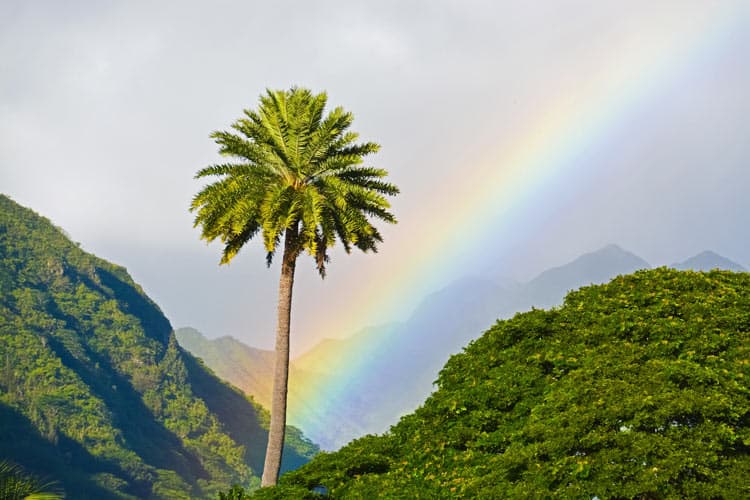
Another identifying term is hapa, meaning “half” or “part” (as in half-Hawaiian, half-haole, or Chinese or Japanese or…). Due to widespread migration and immigration, the people of Hawaii, like the state’s unofficial symbol, the rainbow, come in many hues, all merging as one.
Plantation culture, comprised of Hawaiians, Asians, Europeans and Americans, produced Hawaii’s unique form Hawaiian Creole English. Usually referred to as pidgin , H.C.E. is a mix of Hawaiian, English and other linguistic elements (mostly Chinese, Japanese, Portuguese and Filipino languages) with its own vocabulary, grammar and a unique sing-song intonation. Pidgin today is spoken by kama’aina from all walks of life and can be heard throughout Hawaii.
If you’re looking for more history and culture-oriented activities and private tours check out options on all of the islands with GetYourGuide here.
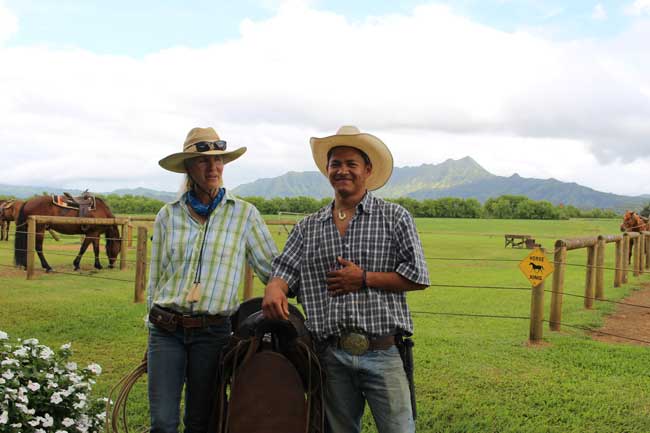
Commonly used Hawaiian Words:
- Rubba slippas – beach sandals, flip-flops
- Yon-sei – of fourth-generation Japanese ancestry
- Lava lava – common name for sarong in the Pacific islands
- Brah – informal, friendly form of address (for men)
- Where you stay? – Where are you now?
- Da kine – a general, widely-used term serving as a substitute for any word implicit or mutually understood between two or more speakers. Ex.: “Where da kine stay?” “He stay Maui.”
- Howzit? – common local greeting
Settlers in Hawaii
By contrast, the malihini, or newcomer, is anyone who has arrived recently, tourists and residents alike. Keep in mind, however, everyone, including the Kanaka Maoli (native Hawaiians) themselves, came from somewhere else and ‘recently’ is a relative term. When speaking of the ancient Hawaiians, one is referring to the first humans to arrive from Hiva (the Marquesas Islands) and later Tahiti, beginning roughly 1,600 years ago.
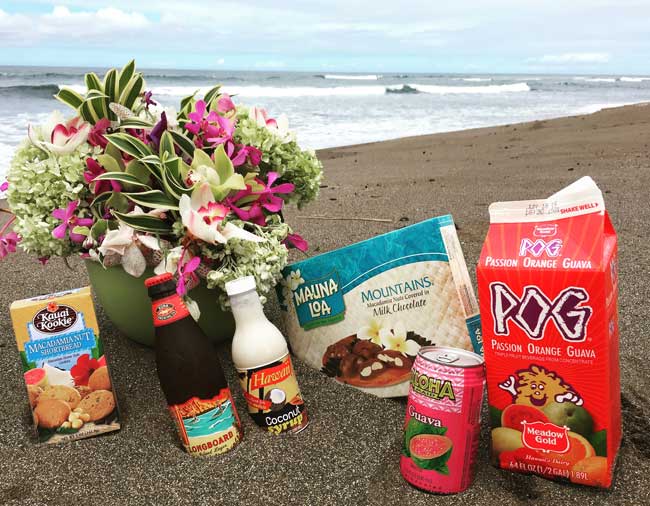
The Polynesians who settled Hawaii had already formed a distinct culture largely free of outside influences before British explorer Captain James Cook’s landing in 1778. His arrival brought a trickle, then a flood of explorers, traders, later missionaries, cattlemen and eventually plantation owners and laborers ushering in the metamorphosis of Hawaiian society.
Starting with the Chinese in 1852, followed by Japanese (1868), Portuguese (1878), Germans (1881), Puerto Ricans and Okinawans (1900), Koreans (1902), Filipinos (1905) and Spanish (1907), people from around the globe have flocked to Hawaii, bringing with them (among other things) their cultures and languages. Throughout the 19th and 20th centuries, Hawaii’s rainbow society blossomed, while at the same time the Kanaka Maoli struggled to preserve their own culture and traditions amidst burgeoning numbers of malihini.
Further immigration by Samoans, Tongans, Thais, Vietnamese and others lured to Hawaii by opportunity, trade, travel or military continues to shape the demographics of Hawaii today.
In Kauai, this melding of peoples is encapsulated in a carved stone which reads,
“One Island, Many Peoples, All Kauaians.”
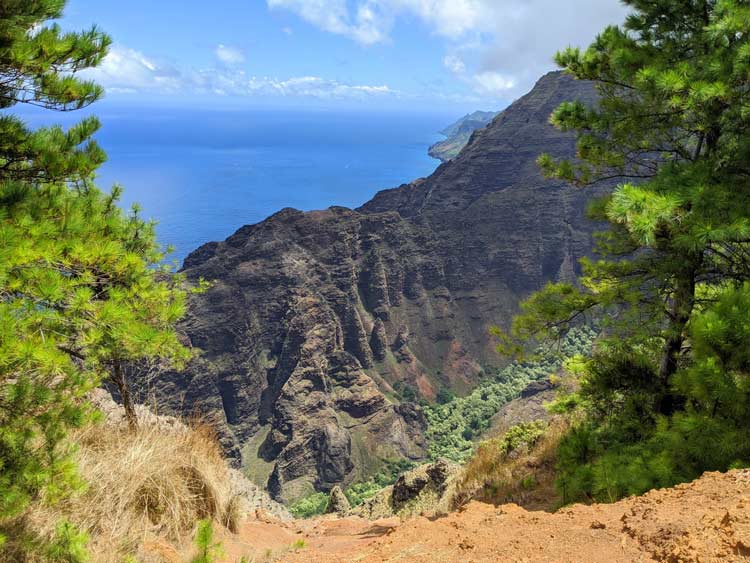
Kauai Life
This includes what revered travel writer Pico Iyer calls “Global Souls” – the German woman who moved from the Dominican Republic, the Brazilian and his Texan wife, stonemasons from Bangalore, Natasha from Moscow, Yuko from Fukuoka, Gem from Chiang Mai, the Vietnamese restaurateur, the deck hand from Durban, a fire fighter from Edinburgh, a Fijian quarryman, Australian Hindu monks, a psychiatrist from Uttar Pradesh, free spirits from Fairbanks and a beach bum named Babble from somewhere deep in the Summer of Love.
On this remote chain of volcanic rock in the middle of the Pacific, there is something so welcoming, so accommodating, that everyone and everything seems to thrive beneath the day-dream blue skies and trade wind-blown palms. Constant sunshine often gives way to a sudden shower, casting a rainbow across the islands, over the dry barren kiawe-covered hills of Mana in the west, to the spurting black volcano Kilauea to the east.
While Hawaii is marketed as and often considered to be a tropical “paradise,” one must remember that even “paradise” has gridlock traffic and air pollution, an affordable housing shortage and a serious “ice” (crystal methamphetamine) problem.
It would be untrue to say that this multi-ethnic society is completely free of racial tensions, yet it is remarkable how well the people of Hawaii’s rainbow society generally get along.
Despite the painful history of colonization and subjugation of native Hawaiians, and facing unprecedented challenges (the need for conservation and environmental balance, economic diversification and growing pressures from the population), it is the widespread acceptance, integration and celebration of one another’s culture that has bestowed the people of Hawaii with a radiant beauty that shines from within, making Hawaii a global model for a brighter human future.
For your future travels you can find the best hotels at discounted rates through TripAdvisor here.
